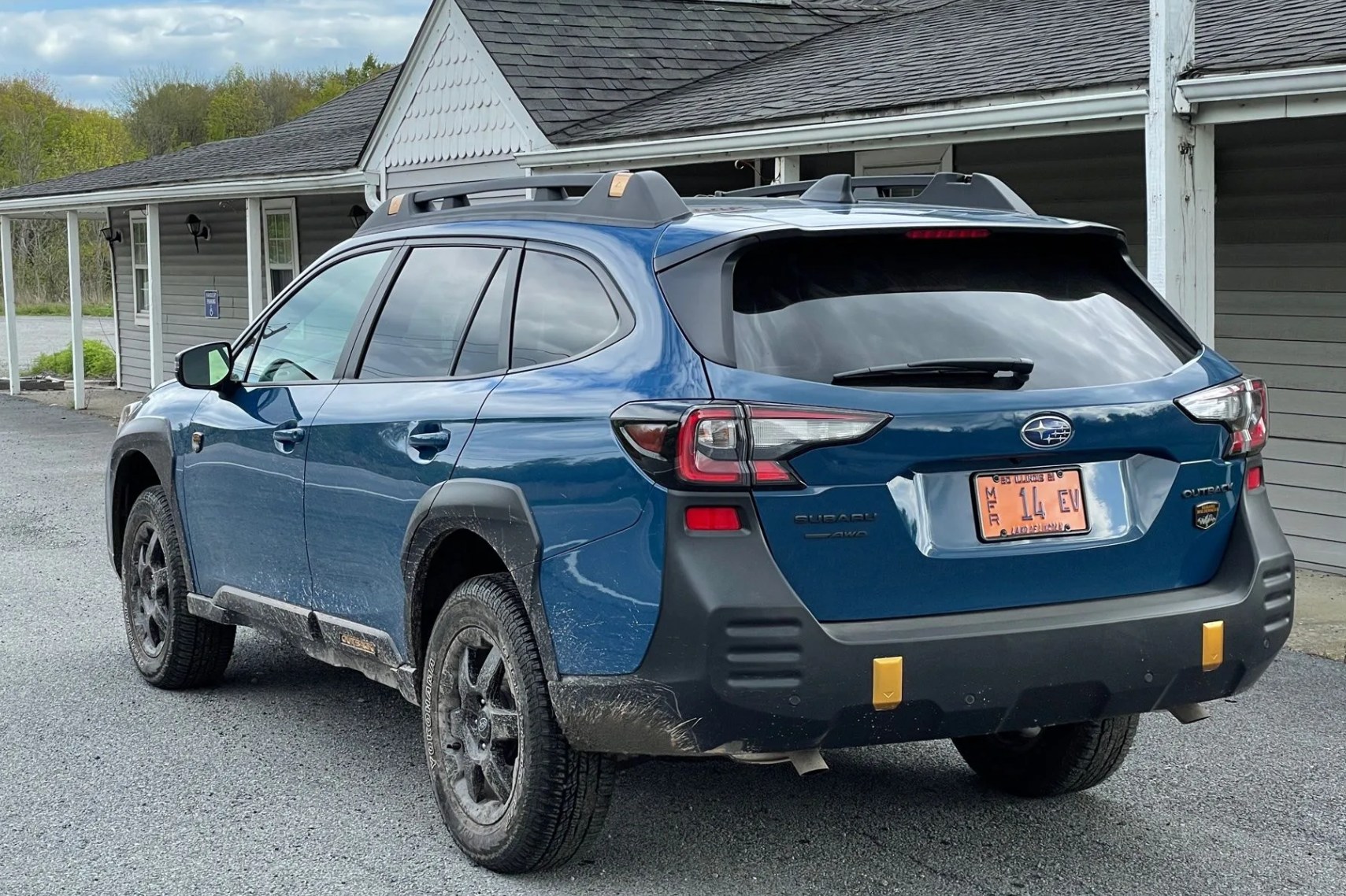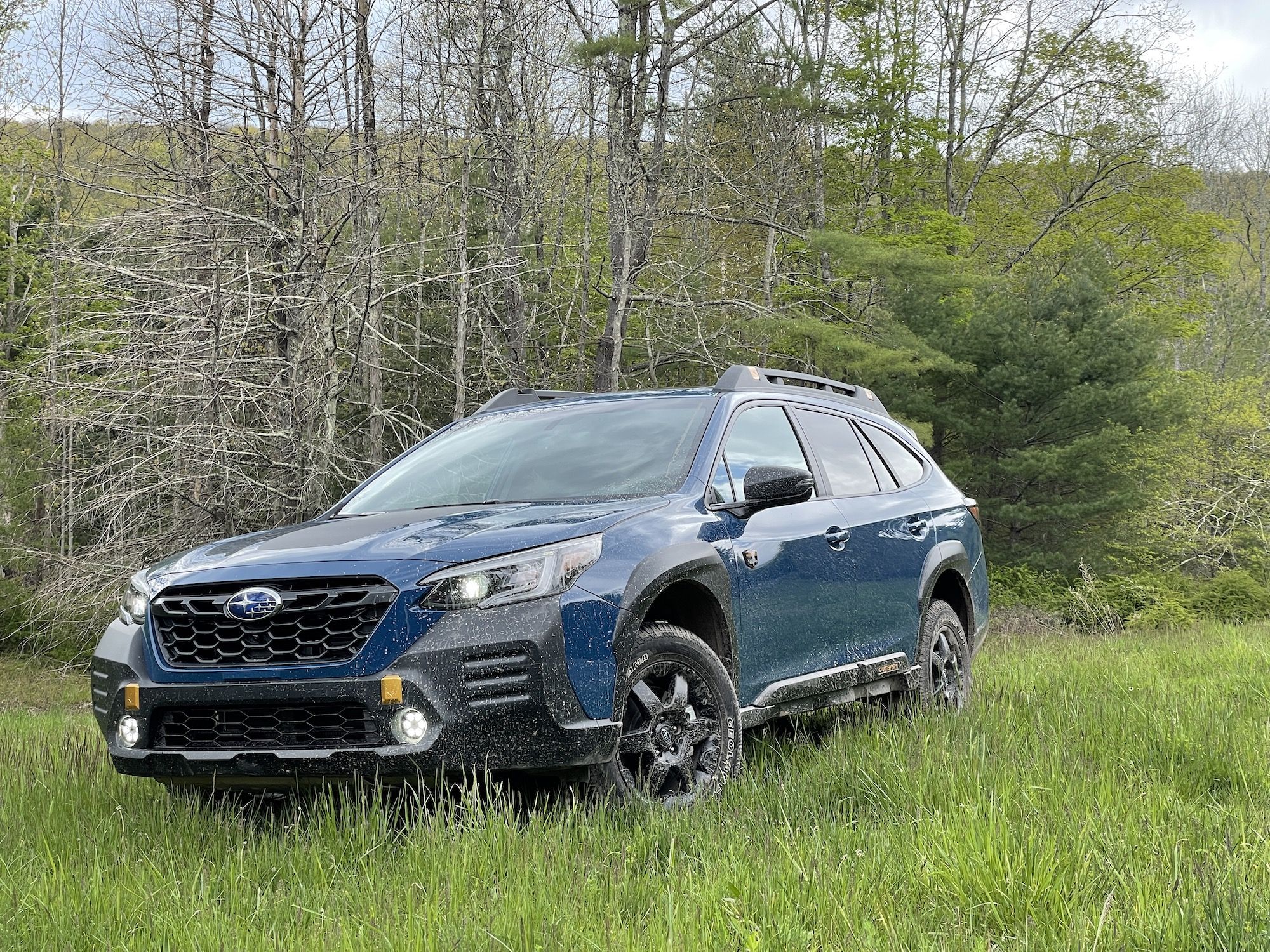In retrospect, the Subaru Outback Wilderness seems like the sort of idea that we should have all thought up a long time ago.
After all, the basic idea behind the Outback that proved so revolutionary a couple decades ago — take an all-wheel-drive station wagon and add ground clearance so it can go off-road — clearly proved a mighty success; that basic idea transformed Subaru from a second-tier Japanese carmaker in America to a near-omnipresent feature of the country’s roadways. That basic idea — applied more broadly to not just the Outback, but also the Forester and Crosstrek — helped fuel years upon years of sustained growth for the brand in the U.S. Given that, the idea of doubling down on the traits that have brought the brand fame and fortune seems like an obvious play.
That is, after all, what the Outback Wilderness is: the Outback Extra-Strength, the Outback Double IPA, the Outback White Claw Surge. Take an Outback, add more ground clearance, make a couple little additional tweaks here and there, and you have yourself an even more capable family car that’s ready to tackle moderate off-roading and carry adventurous types pretty much wherever they want to go.
And guess what: it works just as well as ever.
The Outback Wilderness packs subtle but substantive changes
 Will Sabel Courtney
Will Sabel CourtneyAs mentioned (and as is probably obvious from one good look at the pictures), the Wilderness stands a little bit taller than the regular Outback, packing 9.5 inches of ground clearance — the same amount as a G-wagen, and only a tenth less than a 4Runner. Thanks to the added height and the revised front and rear fascia, which feature beveled corners, the approach angle has increased from 18.4º to 20º even, while the departure angles climbs from 21.7º to 23.6º — the former of which nearly equals the Ford Bronco Sport.











